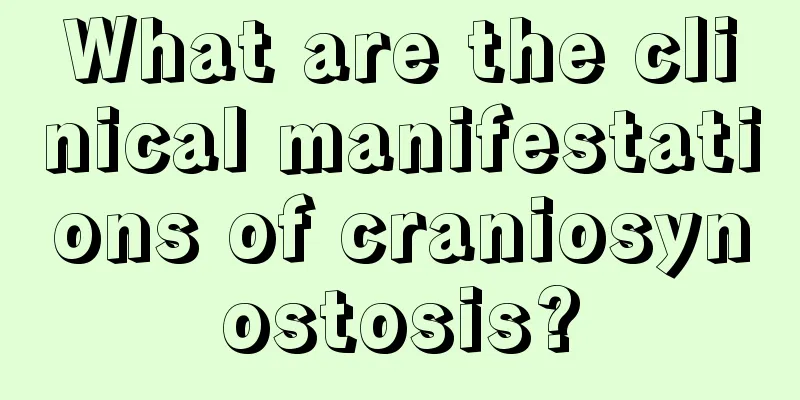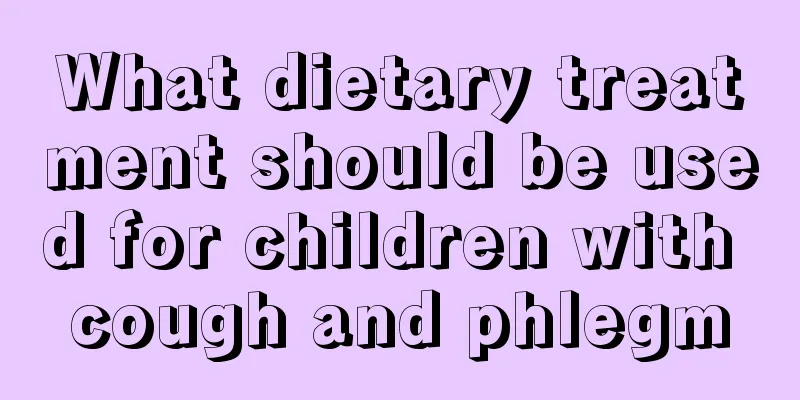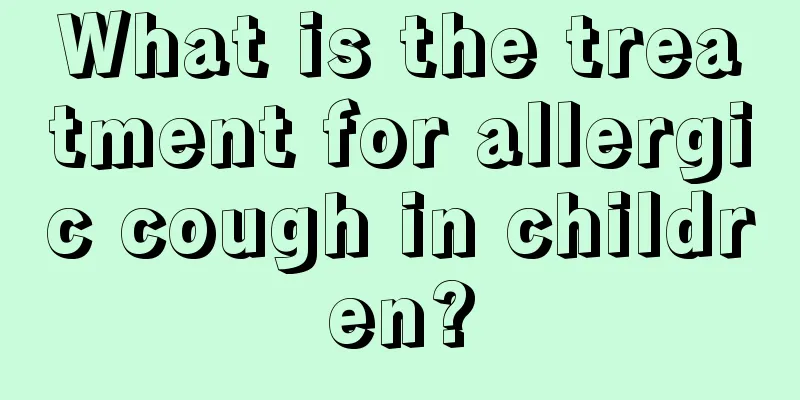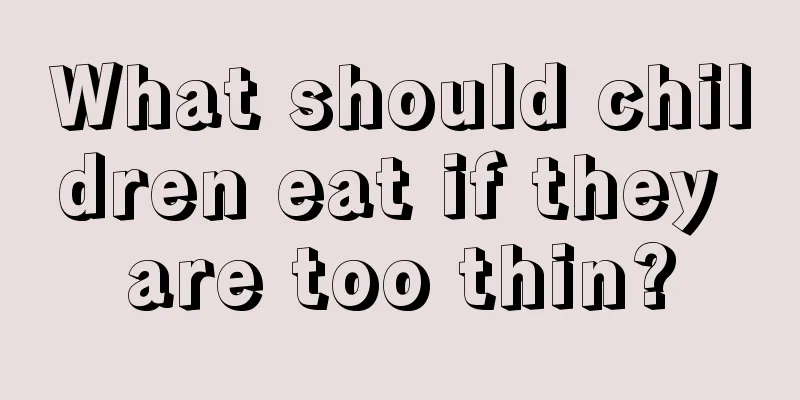Classification and care of small pimples on baby's face

|
When babies have small pimples on their faces, parents are quite worried. They think that small pimples on their children's faces will affect their children's health, and that children will scratch the pimples on their faces. Therefore, many parents want to know more about the classification and care of small pimples on their babies' faces. In order to make their children recover as soon as possible, let's take a look at the following introduction. Classification: The first and most common type is moist eczema: this type of eczema is more common in fat infants and young children. The most common areas for eczema to occur are the top of the head, forehead, and cheeks, and the distribution is relatively symmetrical. If you look closely, you can see red spots, small papules, and small bags where eczema occurs, and there are often erosions and scabs. Overall, it looks moist and exudative. The second type is common in infants and young children who are thin and have poor nutritional status, and is a dry type. The main skin lesions are redness of the skin, visible papules, and bran-like scales, which look like white skin falling off. There is no exudation and it looks dry. When the mother touched her skin, it appeared rough and dry. The third type is the seborrheic type, which often occurs on the scalp, between the eyebrows, and on the eyebrow arches, with yellowish, transparent seborrheic exudate. It looks greasy and dirty. The eczema on the child's fair face looks very out of proportion. Mothers can check to see if their baby has eczema. If so, it is best to seek medical attention. Care: Some newborns will develop eczema after one month. Here is how I deal with eczema: 1. Change clothes frequently and pay attention to hygiene. 2. If the baby spit up milk, be sure to wipe it dry immediately and keep the face dry. But you can use it for skin care. Many sisters recommended Yumeijing to me, but my baby was allergic to it, so I simply used Pigeon Vaseline. It can not only be used for the face, but also if the baby's butt gets red, just apply it in the morning and it will be fine when you wake up in the morning. 3. The most important thing is not to be too hot. The root cause of eczema is excessive heat after being wet, and it will recur repeatedly. As soon as it gets hot, get up immediately, cool down a little and be more careful. 4. Be careful when breastfeeding and eat less fishy, spicy and irritating foods. It is best to drink honeysuckle water every day and drink more water. 5. Don’t let your baby rub the affected area, as the more you rub it, the more it will ache. The above is a comprehensive introduction to the classification and care of small pimples on the baby's face. For parents, if you want your child to recover as soon as possible, you must have a comprehensive understanding of the above content. After understanding, choose the best treatment method to make the small pimples on your child's face disappear as soon as possible, so that your child can be healthier. |
<<: What to do if your four-month-old baby is constipated
>>: Causes of forehead protrusion in babies
Recommend
What should I do if my child cannot swallow pills?
Children's own resistance is very poor. If th...
What to do if your baby has poor digestion and vomits
It is very easy for babies to have poor digestion...
What causes stomachache in children?
Children's stomachache may be caused by intes...
What should a four-month-old baby with thinning hair eat?
The thinning hair of a four-month-old baby has be...
Child convulsing in the middle of the night
If a child has convulsions in the middle of the n...
Is zinc gluconate good for children?
If a child is lacking in glucose and zinc, he or ...
How often should you change your baby's pacifier?
In fact, many people are taking care of children ...
What to do if your one-year-old baby has oral ulcers
One-year-old babies have very poor immunity, so t...
What is the cause of the child's knee cracking?
Children's knee cracking is mainly a joint pr...
What should I do if my three-year-old child has a toothache?
Dental care is very important for adults, the eld...
What to do if a newborn baby has red spots on his face
We know that since the organs of newborns are not...
Symptoms of excessive calcium supplementation in babies
We know that if a baby lacks calcium, it will hav...
Reasons why children sweat while sleeping
In fact, parents will find that some children oft...
What are the symptoms of parotid nodules?
Parotid nodules are an infectious disease caused ...
How can children protect their teeth?
We all know that children have no resistance to s...









